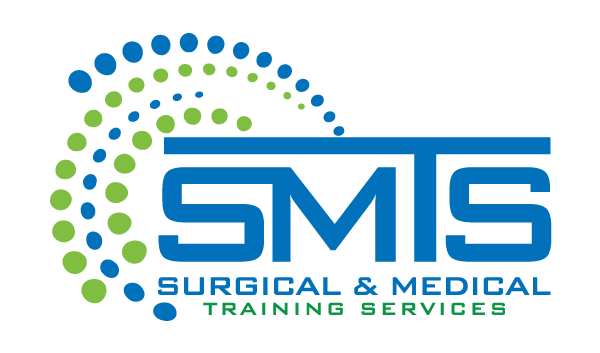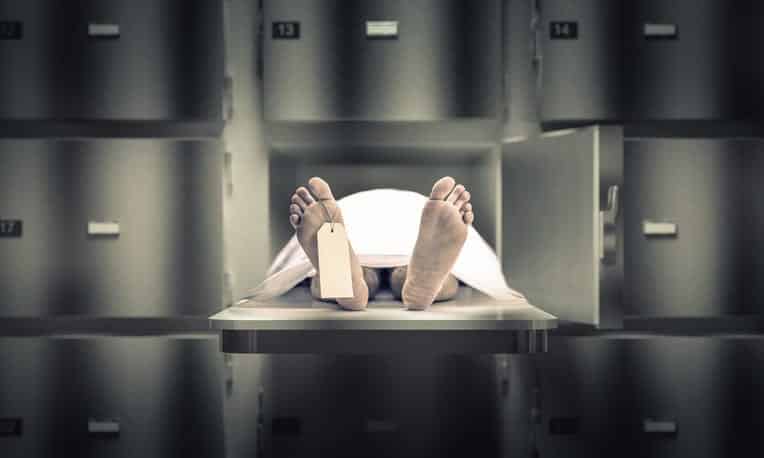For years, the use of human and animal models has provided medical students and licensed physicians with invaluable information and education. Cadavers have been used to educate medical students on human anatomy and to enable physicians to observe the body in a way that does not put a patient at risk. Cadaver training is essential to optimal patient outcomes and to the basics of the doctor-patient relationship. Even in light of years of evidence which points to the value of cadaver training, this area of medical education is somewhat controversial.
ALTERNATIVES TO CADAVER TRAINING
Historically, the alternative to human cadaver dissection and training has been the good old textbook. However, there could be no textbook content if cadaver training had not existed first. Additionally, one cannot know what it looks like or feels like to perform a surgical procedure or even a nonsurgical treatment on live human tissue by reading a textbook.
The more modern approach to teaching anatomical nuances is for students to conduct processes and procedures using virtual reality. Proponents for this way of learning warn of the ethical and safety issues of using human cadavers for bioskill training. We’d like to respond to common theories on these matters.
ETHICAL QUESTIONS REGARDING CADAVER PROCUREMENT
Some say that there is an obscure industry in which vendors have profited from the sale of cut and intact human tissue for research purposes due to the fact that most states do not have laws against the sale or purchase of body parts. This sounds ominous and dark and is promoted in a way that may call into question the ethics of medical research. SMTS – Surgical & Medical Training Services was established to assist professionals ranging from physicians to support staff to medical sales representatives with their understanding of the human body. Our cadavers are obtained by vendors approved by the American Association of Tissue Banks. This renowned organization was formed in 1976 and is one of only a few in our country. Furthermore, the AATB’s standards for tissue banking are recognized around the world as a definitive guide for ethical standards.
DO HUMAN CADAVERS POSE A HEALTH RISK?
Another theory proposed by virtual reality supporters is that human cadavers pose inherent health risks to students and healthcare professionals. The basis of this theory is that the formaldehyde gas used to preserve human tissue is carcinogenic. The theory proposes that exposure to formaldehyde can cause immediate symptoms such as eye irritation and respiratory problems as well as long-term effects such as rare cancers. This perspective is used to suggest that technology offers safer solutions to surgeons and other medical personnel.
Our priority is to offer safe solutions for our clients so their patients receive a higher standard of care. We do this by obtaining fresh human cadaver tissue. Not only is non-preserved tissue a healthier option for those in training but also a more lifelike representation of the nuances that may occur in patient care.
We are happy to answer your questions about human cadaver training. Call (888) 801-9444 for more information about our nationwide facilities and training.

